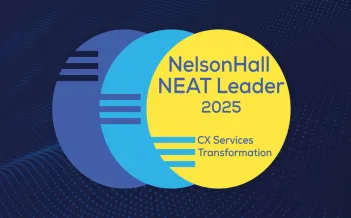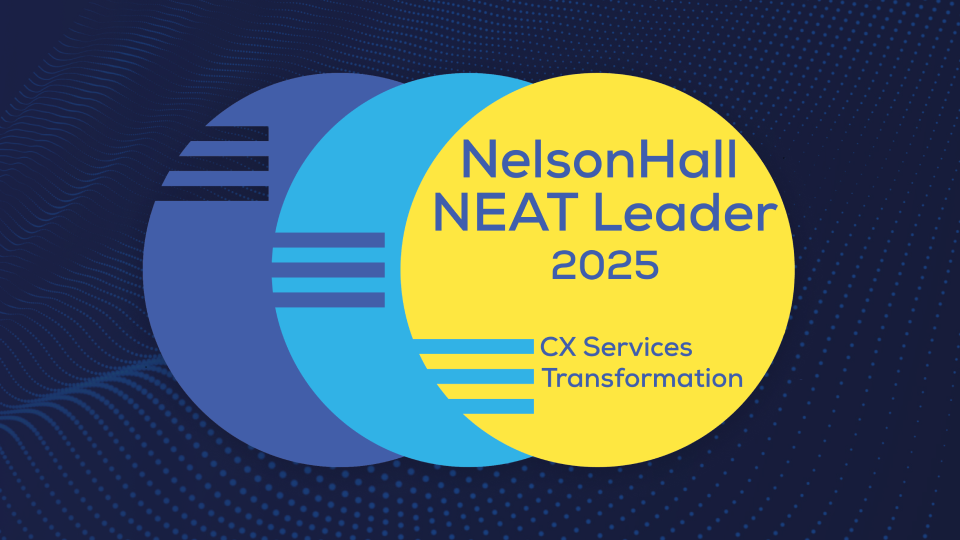There’s a huge amount of stigma around debt. It’s the one big secret you’ll keep from your partner and the one element of your life that you’re most likely to hide from.
Imagine how hard it is to talk to a stranger about it, or worse still, the debt company that is chasing you for the payment.
Federal interventions have sought to support debtors during the pandemic but this artificial propping up of the economic challenges faced across the country can’t go on forever. The pandemic debt mountain’s unwinding will continue to accelerate over the coming months and when that happens, our industry needs to show much greater empathy in the way it handles consumers.
But with lots of people talking about embracing empathy in collections, what does it mean in practice when the talk is put into action?
Advise to the wise
The first thing to recognize is that we’re dealing with people, not numbers. Being in debt is a highly emotive issue and we need to reflect this in the way we structure our approach to client interactions.
Think about the advice you’d offer up to anyone in financial stress and I think you’d be hard pushed to look beyond these core principles:
- Engage with your lender. There is no advantage to procrastinating or hiding from debt. It is not going to magically disappear.
- Truly understand your options. The financial lending model has changed significantly in the last few years, especially with new entrants and disrupters to the financial sector.
- Create a plan – work out what you can afford, work with credit companies, don’t be ashamed of your debt and work your way through it. Don’t bury your head in the sand – it doesn’t help your credit score, your family, your future, or your life.
No legitimate lending company wants to bankrupt their clients. As an industry, we’re here to help. Of course, there will always be bad actors, the shady unlicensed elements of the lending industry that operate below the radar.
But, for the vast majority of the industry, the guiding light should be the three elements above. This is how we want our debtors to act and behave. It’s our job to help them to do it.
Therefore, we must put the tone of our communications front-and-center of what we do.
The more clearly and consistently we can demonstrate that we understand what they are experiencing and that we want to help them overcome it, the more effective we will be.
Planning the journey
Nobody wants to be pressured about their debt. People know when they owe money, but what they don’t want is to feel badgered by multiple calls and letters to ‘discuss’ their debt problem. It only adds to the pressure and drives them to ground.
Instead, we need to re-think the journey people need to go on and adapt to the channels through which they prefer to engage. And in 2021 that means hitting the phones less and embracing digital communications to create a more efficient and effective experience. To some this still feels like a counter-intuitive switch to make: If you need to get payment, why wouldn’t you push more and more direct conversations to drive that outcome?
But here we hit one of the stark realities of the debt collections industry: Poorly trained people, following badly structured, manual processes that wrongly prioritize transaction volume over the customer often compound issues for consumers and reduce the likelihood of securing payments in the process. In fact, it often leads to more underpayments e.g., settlements.
To be frank, it’s this lack of focus on customer experience that continues to tarnish our industry’s reputation. Digital tools enable us to tackle this head on, creating carefully planned communications, delivered through the channels customers want to use and executed with an empathetic tone and cadence that drives results.
And in doing so it enables us to automate a significant proportion of customer interactions, freeing our agents up to engage in more impactful interactions with consumers, conversations that take place at the right time in the customer journey and enable them to add value.
It’s not just theory either – it’s based on psychology that one of our clients – a leading credit card company – developed as part of their strategy to approach their customers about debt. It’s based on negotiating techniques: Ask open questions, don’t make statements, don’t make assumptions, etc.
By opening-up channels in which end customers feel more comfortable and adapting the focus and tone of communications to balance empathy with a need for action – a debt still has to be repaid after all – we can help more people to engage with their debt. In some cases, this leads them through self-service journeys to organize a personalized repayment plan in a matter of minutes.
The Bottom Line
Switching up to a more empathetic, digital debt collections approach drives real results because it helps democratize the processes collectors follow.
Following a traditional collections model, for example, usually means agents making outbound calls. They will be incentivized to convert a debt, a fact that can often lead them to focus on higher value accounts, at the cost – to the creditor – of retrieving sub-prime or smaller debts. Why? Because it’s a lot more effort for a far lower return as far as the agent is concerned.
But automation doesn’t discriminate against low debt value in the same way a human being might. Instead, it creates a platform that makes it easier for lower balance account holders to engage with and self-serve the repayment of their debt, enabling the collector to realize this revenue stream far more efficiently.
And its efficiency is born out in other data too.
The effective rate for outbound calls, for example, is around 25% across primary accounts, but for our digital collections approach clients see 80% open rates for their communications. Perhaps as consequence of this, the rate at which debtors act on the communication is also significantly greater, with up to 76% of debts paid in full compared to just 40% from typical outbound calling.
A Balanced Approach
The regulatory and compliance concerns at both a Federal and State level, make the collections industry a complex sector to navigate at the best of times.
But in the wake of the pandemic, and the financial turmoil it’s resulted in across the US, just focusing on being compliant is not enough.
Investing in off-the-shelf technology will not achieve the desired results. The use of digital tools needs to be guided by detailed industry experiences and knowledge to truly augment our industry’s operations.
Neither can we just tell our people to be more empathetic. We must show them what it means in practice and change the very nature of the processes we follow and decisions we make with the customer experience at the heart of how we do business.
Each collections division will have its own set of challenges to face as we come through the other side and the reality is they’ll be addressed by a combination of process, people and digital.
But what’s crystal clear to me is that it’s never been more important for the customer experience to be the focus of how our industry evolves.










